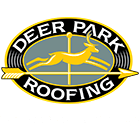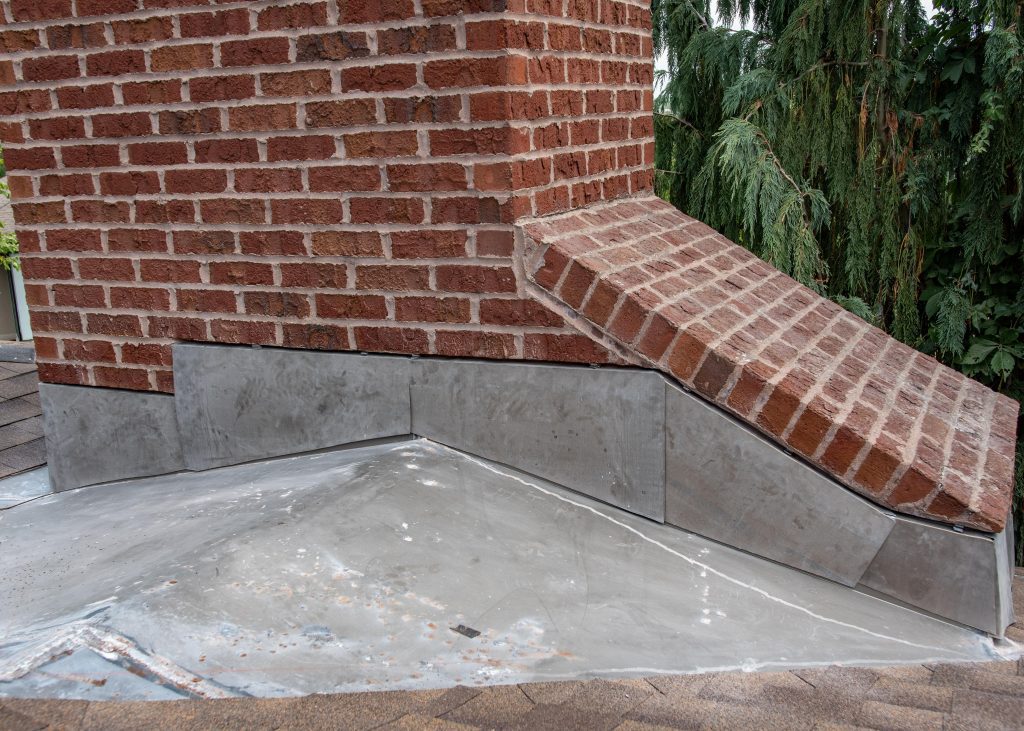
10 Components of a Successful Gutter System
Gutters and Downspouts are designed to drain rainwater away from your home or building without causing damage to your foundation, basement, landscaping, or other building materials. An effective gutter and downspout system includes a number of different accessories, including splash guards, leaf guards, end caps, miters, outlet tubes, fasteners, straps, and sealant. Let’s examine the best design components of each of these important accessories.
1. Gutters
6” Seamless gutters can be custom fabricated to any length to meet the contours of your house. Seamless gutters are much more effective at draining water than those sold at big box stores that have seams every 10 feet. A practical material for the gutters is prepainted aluminum in a thickness of .032 aluminum. 5” gutters are not recommended for most applications as they are too small. Gutters with greater pitch can drain water more rapidly than level gutters.
2. Downspouts
Downspouts are also fabricated from .032 prepainted aluminum in a number of different colors. The downspouts are not seamless like the gutters and come in 10 ft lengths. This is not a problem for downspouts to have seams every 10 feet because they are draining water vertically instead of horizontally like the gutters. The size of the downspouts is very important in terms of how much water it can carry. 3” x 4” rectangular downspouts can drain approximately twice as much water as 2”x 3” downspouts and are usually recommended.
3. Outlet Tubes
Outlet tubes are inserted into a hole in your gutter where the downspout is connected. When rectangular downspouts are installed its important to use rectangular outlet tubes that maximize the drainage capacity of the downspouts. For example, an outlet tube that is oval or round in shape will not be as efficient as one designed with a similar opening as a 3” x 4” downspout.
4. Gutter Guards
Some gutters that have trees nearby should be protected with gutter guards so the downspouts do not become clogged. Deer Park Roofing has installed many different types of leaf guards and our experience is that the Leaf Relief Total Gutter Protection System is the best. The design of this system is installed directly onto the gutters and is not incorporated into the roof system. This has many benefits since the roof and gutters often have different life cycles. It is worth noting that Leaf Relief does not perform well when pine needles fall onto it.
5. Splash Guards
Splash guards are fabricated from prepainted aluminum and are usually the same color as the gutters. Splash guards should be installed at the intersection of where a valley drains into a gutter. If splash guards are not installed, the water in the valley, which travels much faster than the water in the field of the roof, could overshoot the gutter and drain down the side of your house.
6. Fasteners
The type of fastener that is used is very important for the long term performance of gutters and downspouts and is also an important aesthetic component. Gutter screws should be used and installed through the fascia boards and into the structural components (rafter ends) to support the gutter even when it is full of water or debris. Aluminum rivets are also recommended in gutter miters to provide a corrosion free appearance. Lastly, stainless steel zip screws should be used to secure downspout components as they are corrosion resistant as well. Many galvanized steel zip screws will rust in as little as 3-4 months.
7. Miters
Miters connect the gutters in place at angle changes. Inside gutter miters are installed where a valley drains into the gutters and outside gutter miters are installed when a gutter has to turn a corner on your house or building. The best looking miters and hand-cut, pop riveted, and sealed on the inside of the gutter. This design also provides a water tight seal and is preferred over store bought inside and outside miters.
8. End Caps
End Caps are installed in a similar profile as the gutter and are different depending on which side of the gutter needs them – left or right. End caps prevent water from draining out the side of the gutter. They should be secured to the gutter by folding the metal tightly or securing it with aluminum pop rivets. The endcaps are set in sealant so they remain leak free.
9. Downspout Traps
Downspout straps are used on each 10 foot section of downspout to secure it to your house or building. Ideally, the straps should be slightly thicker than the metal that they are securing. The straps can be pre-manufactured or field fabricated in the same color as the downspout. Proper fastening to the building is required to keep the downspout in place when a storm occurs.
10. Sealant
Since aluminum gutters cannot be soldered due to the paint finish, an elastomeric sealant is the best practice to prevent leaks at the gutter accessories such as outlet tubes, miters, and endcaps. It is installed on the inside of the gutter and is not visible from the ground. Elastomeric sealants are resistant to UV degradation which makes it a better choice than most sealants.
For more information about gutters or downspouts, contact a Deer Park Roofing, Inc. staff member.










